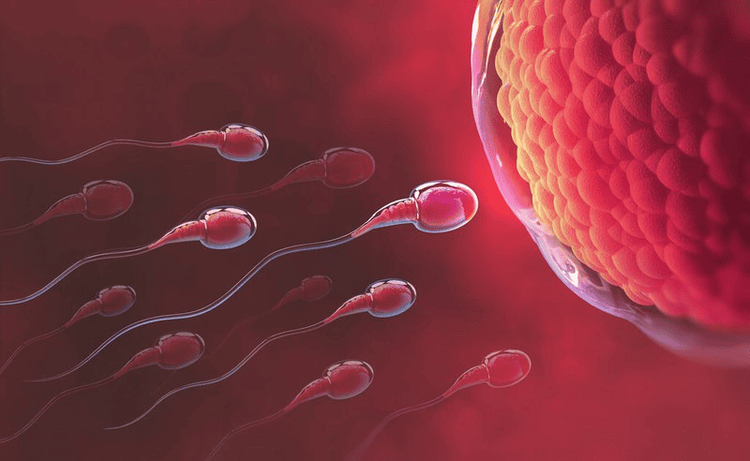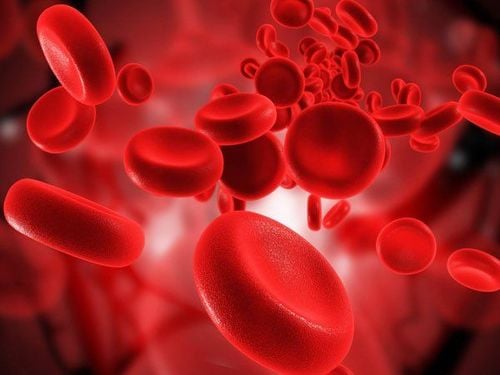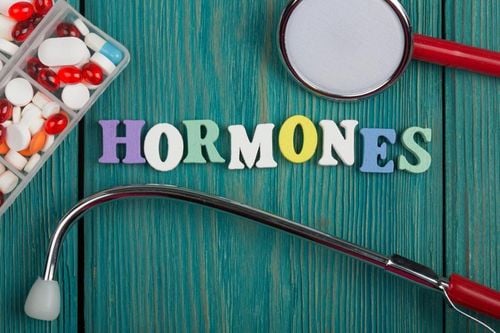This is an automatically translated article.
Professional consultation article by Doctor Department of Obstetrics and Gynecology, Vinmec Hai Phong International General Hospital.
When paying attention to the signs of ovulation from the body and recording it every day, women can be more active and increase their chances of conceiving or limit the possibility of pregnancy.
1. Ovulation is a sign of health in women
For a woman's reproductive system, the ovaries are an organ that works continuously, much related to hormones and the ability to ovulate. This is a normal physiological response of the body, to ensure the health of the mother and the baby to prepare for conception.
A woman who is physiologically immature, is breastfeeding, is under stress or has a medical condition for women's health, will not be good for pregnancy, childbirth and baby care.
Bleeding is not always a sign of menstruation, because before menstruation, there must be signs of ovulation. Normally, a healthy young woman will have a relatively regular ovulatory cycle between 24 - 36 days, but occasionally there will still be periods without conception,...
Health problems or pregnancy cause ovulation to be delayed or stopped.

2. Know the time of ovulation
2.1. Counting days
The simplest way to estimate ovulation is to count backwards from the beginning of the next menstrual period (however, for irregular periods, this method will not be very accurate).
First, the patient needs to determine which day is the start of his next menstrual cycle. From this date, you count down 12 days, then count down another 4 days. During this 5-day period, the chances of ovulation will be very high.
For women with a 28-day cycle, the most likely sign of ovulation is on the 14th day of the cycle (for simplicity, we convention day 1 is the first day of the menstrual period and day 28 is the day of the menstrual cycle). last, just before the start of the next menstrual period).
2.2. Monitor your body's signals
To check for signs of ovulation, women need to monitor their body temperature and the nature of vaginal discharge during their menstrual cycle. This is extremely safe, cost-effective, but requires women to spend a lot of time and effort to complete:
Body temperature: A slight increase in body temperature is a sign of ovulation, But most of us will not feel the change, because the difference is quite small and difficult to perceive. You can more easily detect changes in body temperature by taking your temperature every morning. Vaginal discharge: The most significant change during the cycle that indicates ovulation is an increase in cervical mucus. For most days of the month, the discharge is small and sometimes a bit dry, while during the time of ovulation, the amount of mucus will usually be more. Feeling a little pain in the lower abdomen: Some cases have signs of lower abdominal pain when the eggs are ripe and released. However, if you experience unusual bleeding between periods (which may not be menstrual periods), you should consult your doctor.

2.3. Check hormone levels in the body
Using ovulation test strips: With the same mechanism of action as pregnancy test strips, ovulation test strips are capable of detecting hormone changes in the urine. Using a test strip around 12-16 days before your period helps to determine the exact date of ovulation. If the test strip shows 2 lines, it means you will have ovulation within the next 24 hours. Saliva testing microscope: This is a fairly small device, which helps to detect increased levels of the hormone estrogen, indicating that an egg has been released. Blood test: In case if you want to check the hormone levels more accurately, in order to determine the exact day of ovulation, you should go to a medical facility to request a blood test. This method will give much higher accuracy than other methods.
Please dial HOTLINE for more information or register for an appointment HERE. Download MyVinmec app to make appointments faster and to manage your bookings easily.













